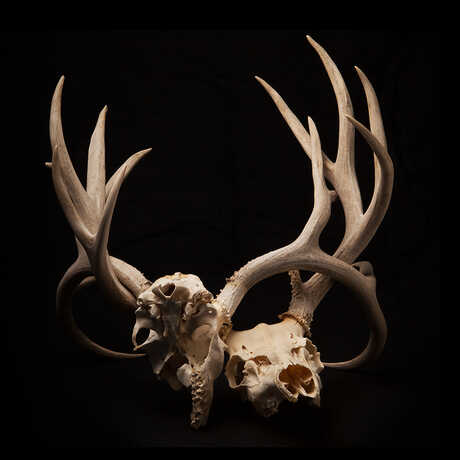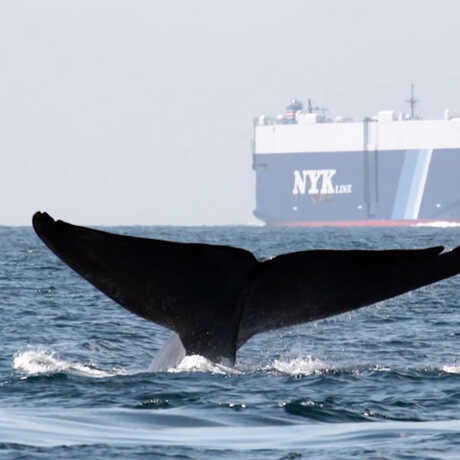In an average year, an estimated four to five gray whales are expected to wash ashore in the Bay Area. Yet starting in 2019, scientists reported an uptick in strandings along the entire Pacific coast of North America. These events led the National Oceanic and Atmospheric Administration (NOAA) to declare the mass die-off an unusual mortality event (UME) and launch a formal investigation into the cause.
At the end of 2023, the investigation concluded after the Pacific gray whale stranding rate decreased. As one of the investigation's state representatives, Academy Senior Collections Manager Moe Flannery spent years leading efforts to collect data from Northern California strandings to determine cause of death and, ultimately, what could be done to protect the beleaguered species.
By closely analyzing all 690 gray whale strandings and subsequent necropsies that occurred during the investigation, the broader team of scientists found that malnutrition was a common cause of death, in addition to mortalities caused by predation, entanglement, and vessel strikes.
It’s not only gray whales that the Academy is helping to protect. In 2015, after a notable uptick in the number of threatened Guadalupe fur seals washing up onto Bay Area beaches, the Academy response team alerted NOAA who declared a UME for the species, thus mobilizing additional resources to investigate the strandings.
Similar efforts in the past from the Academy and other members of the Marine Mammal Stranding Network have successfully led to policy changes in San Francisco Bay, although more research and advocacy is needed.









